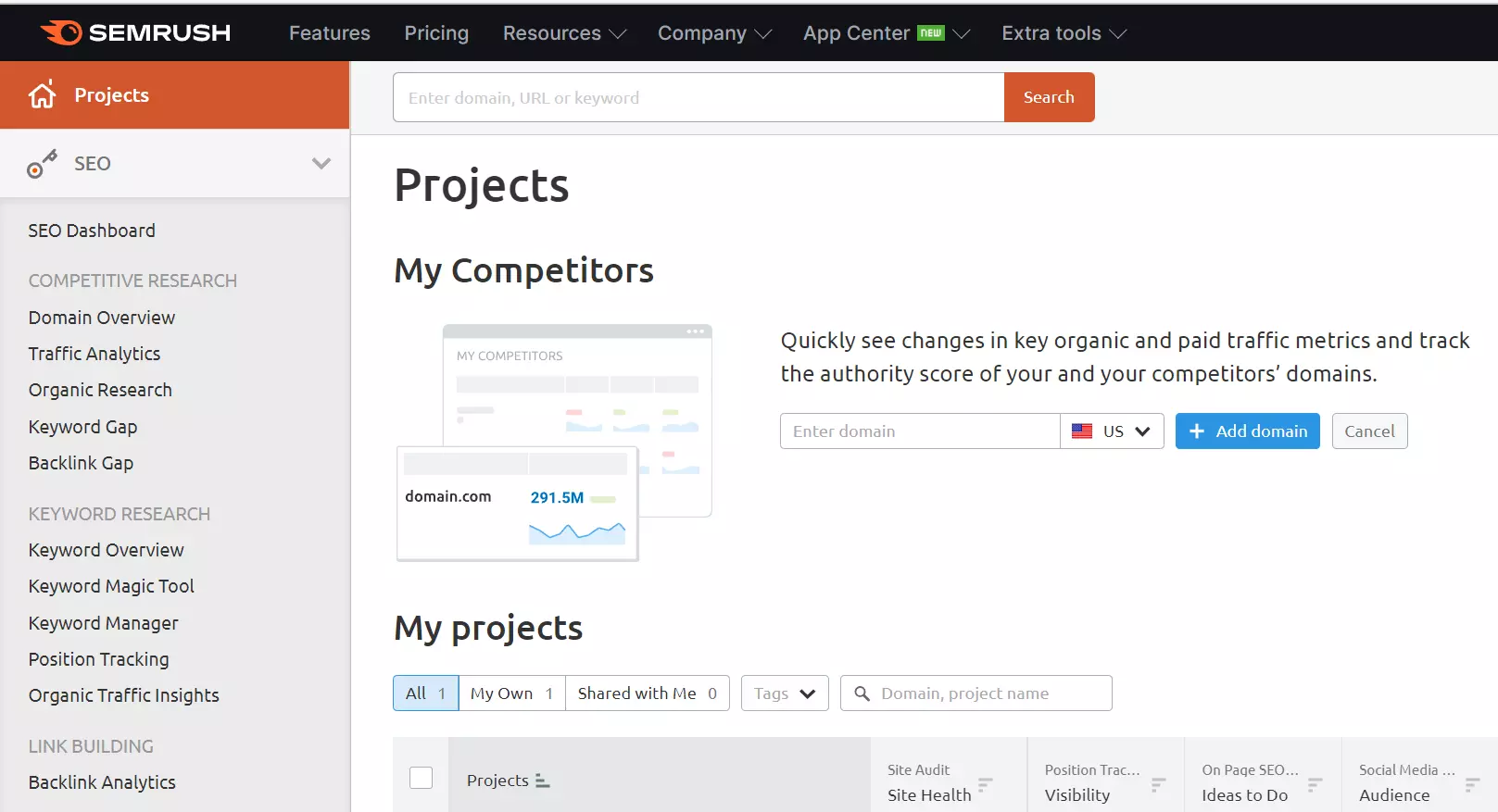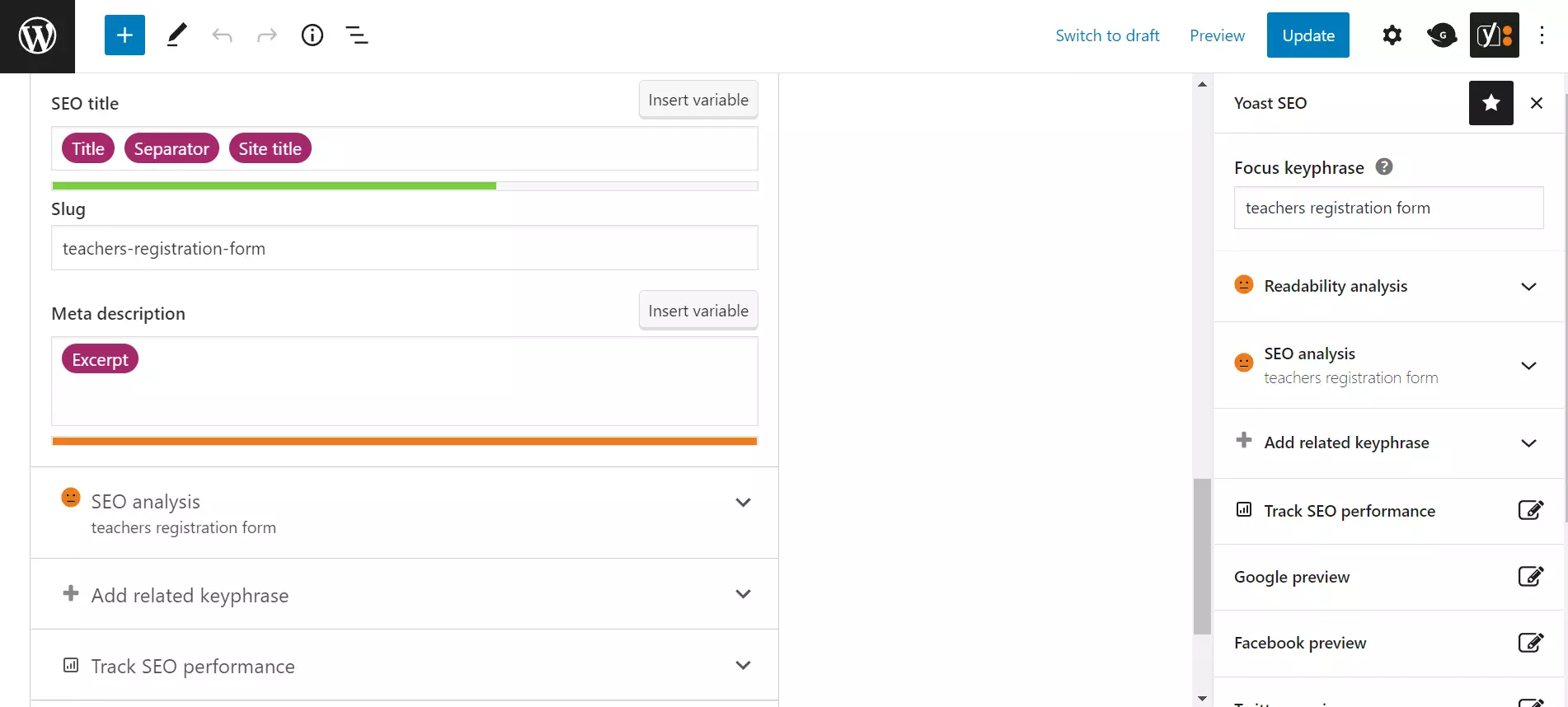Search engine optimization is complicated, but with SEO tools, it becomes a bit easier. The tools analyze your website and display suggestions, warnings, or errors. They can also make some important changes to the page’s code.
Yoast and SEMRush are leading search engine optimization tools. The latter is an SEO SaaS. The former is a WordPress extension. You’ll also find Yoast extensions for Drupal and Magento on the internet. The extensions are not developed by the team behind the Yoast WordPress plugin but are based on the WordPress search engine optimization plugin. SEMRush can analyze any website you’ll find on the internet. It is not designed for a specific platform or for sites built using a particular programming language. Is it better than the WP extension or vice versa? Which SEO tool should you use? Let’s find it out!


SEMRush is a multipurpose search engine optimization tool, while Yoast lets you work on or improve your website’s on-page SEO. It can do what Yoast cannot, but there are a few things that the tool is incapable of. For instance, the search engine optimization tool cannot generate and insert canonical links in the website header, nor can it add a meta description or custom title between the head tags.
SEMrush features a schedulable crawler module that crawls a website and shows the issues it has found on a website. Once it has finished crawling a site, it will send an email to the website owner’s inbox. The crawler extracts the site’s on-page SEO data and lets you analyze the same from the SEMRush dashboard. As the crawler can crawl the entire website, you can get a complete overview of the website.
Yoast doesn’t/cannot crawl your website, but it can bulk display the title/meta description of posts. The plugin shows the meta description and custom title for all the posts in the WordPress dashboard. If you cannot see the title/meta description, click on the “screen options” option that appears at the top of the WordPress posts page and choose these two checkboxes – “SEO Title” and “Meta Desc”. Yoast doesn’t allow users to filter the data. For example, it doesn’t let users filter meta descriptions/titles by their length.
Yoast Premium version can redirect the pages on your website, but its counterpart cannot. Both editions of the extension can create a Sitemap for your website. SEMRush cannot create a sitemap. It can make you aware of redirect chains and crawling issues on your website. The plugin is incapable of these two tasks.
Yoast is one of the few WP search engine optimization plugins that help users in creating good quality content by analyzing the content in real-time, displaying the Flesch reading level, and making you aware of excessive passive voice usage, two or more sentences beginning with a similar word, etc. This feature of the extension is not as sophisticated as Grammarly or Grammarly alternatives, but its basic grammar checker is useful. SEMRush launched an SEO Writing Assistant plugin for WordPress that allows bloggers to improve their post’s readability score and check the content’s originality. The Writing Assistant plugin also lets you optimize the post for SEO by suggesting keywords and displaying the keyword volume and difficulty.
With SEMRush, you can find the keywords for which websites competing with your website in search engine result pages are ranking. You can also see your website’s or your competitor’s backlinks and analyze the same. Yoast can detect internal links only. It cannot detect and display backlinks.
Yoast’s latest version comes with a new “SEMRush integration” feature. If you have a subscription plan of SEMRush, you can connect it with the SEO software and get related keyphrases suggestions in the WordPress dashboard. The extension won’t simply display keywords. It will show the keyword trend graph and the difficulty level. This search engine optimization tool features 2+ keyword tools. Once you find keywords, you can add the same to a list and export this list to a CSV file with it.
The plugin can add breadcrumbs, article, and organization schema to the page’s HTML code. Breadcrumbs can improve the website’s internal link structure, and schemas make a page more informational for search engines. SEMRush’s site audit tool can identify the schema on your website and display the same in the user dashboard.
Yoast can prevent major duplicate content issues on WordPress blogs and eCommerce sites by adding a relevant canonical tag or meta robots noindex tag to the HTML code. SEMRush can show the robots meta code of all pages on your website. You can quickly find out which pages are allowed to index or are excluded from search engine indexes by the website admin/owner/webmaster.
SEMRush is a freemium SEO tool. You can use some of its features for free a fixed number of times daily. When you’ve used feature N number of times, you’ll see a message in a dialog box to activate the free trial. If you want to use all features of the online software, you should purchase its plan. Yoast’s core features are unlocked. You won’t be asked to buy the Yoast Premium version while editing a post. The base subscription plan of the SEO tool will cost you 119 dollars per month, and you can purchase a copy of the Premium edition of the search engine optimization plugin for 99 dollars.
Yoast and SEMRush are great SEO tools. If you can afford a subscription plan for the SEO tool, you should not hesitate to purchase it. SEMRush has 30+ tools and a massive volume of data from millions of websites. Yoast is a solid search engine optimization plugin. Its premium version is good as well. As mentioned earlier, you can connect it with the search engine optimization SaaS and get keyword suggestions in the WP dashboard. If you use Yoast with this search engine optimization tool, you will save time finding keywords. Even if you don’t integrate the plugin with the tool, you can use the software to get keyword ideas, see backlinks, audit your website, etc.

